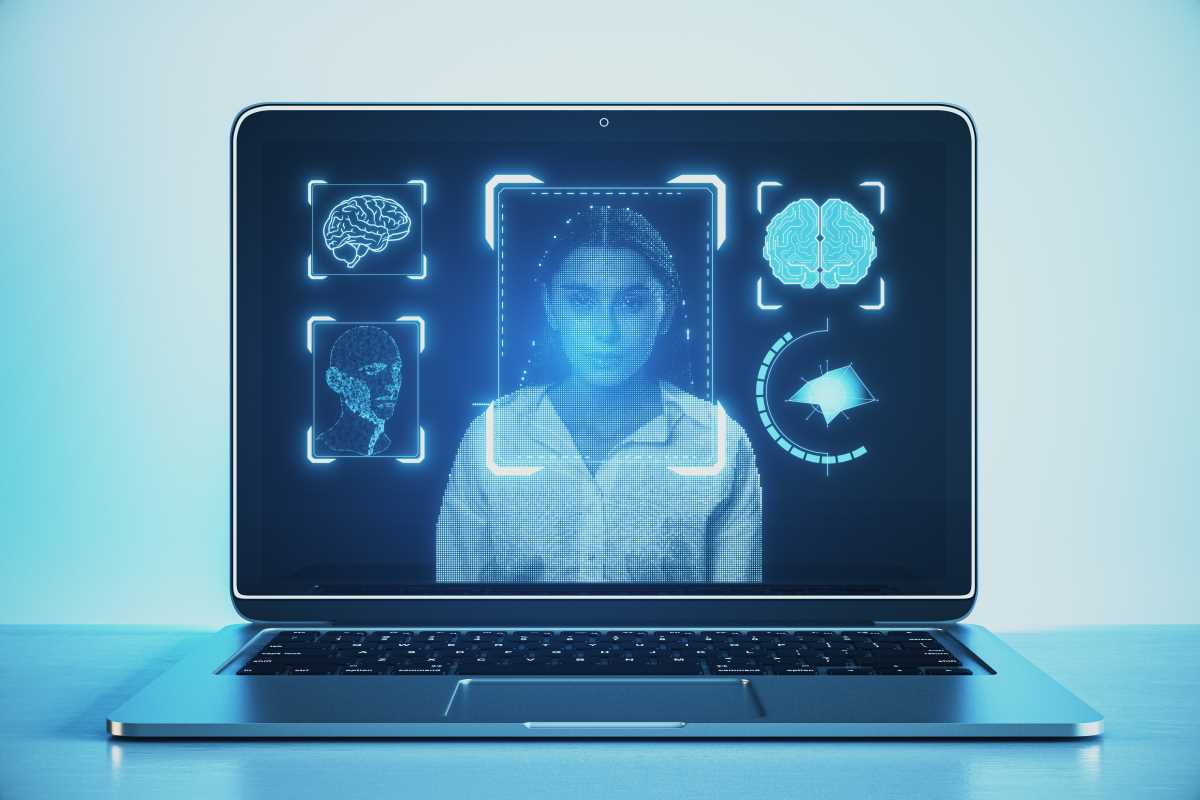Imagine a world where you can make anyone say or do anything on video—even if it never actually happened. That’s what deepfake technology is all about. It’s fascinating, sometimes entertaining, and, more often than not, a little scary. Deepfakes use artificial intelligence (AI) to create realistic-looking videos of people by manipulating their appearance or voice. While this can be fun in the right context, such as movie effects or creating celebrity impressions, it also raises serious ethical questions about privacy, consent, and deception.
Why are deepfakes so controversial? Where should we, as a society, draw the line when it comes to using this powerful technology? To answer these questions, we’ll need to take a closer look at how deepfakes work, their potential uses, and the risks they pose. Understanding these ethical dilemmas is more important than ever as deepfake tools become easier to access and harder to detect.
What Are Deepfakes and How Do They Work?
Before we get into the ethics, it’s helpful to understand what deepfakes are and how they’re created. The term “deepfake” comes from a combination of "deep learning" and "fake." Deep learning is a type of artificial intelligence that teaches computers to analyze and imitate data patterns.
How Deepfakes Are Made
To create a deepfake, AI programs, such as deep neural networks, are trained to analyze hours of video footage or audio. For example, if you wanted to create a deepfake of a public figure, you’d feed the AI videos of them speaking, moving, and reacting to different situations. The software learns all the details of their face and voice and then uses that data to generate a new video that looks and sounds like them.
One type of AI model commonly used for this is called a Generative Adversarial Network (GAN). GANs pit two AI systems against each other during the training process. One creates fake images or audio, while the other tries to detect if they're fake. Over time, the generator gets so good that its creations become convincing enough to fool people.
While this might sound complicated, advancements in AI have made creating deepfakes surprisingly simple. There are now apps and online tools that allow anyone with a smartphone to generate deepfake content, which amplifies the ethical concerns even further.
Positive Uses of Deepfakes
Despite their bad reputation, deepfakes aren’t always sinister. There are several positive and creative ways to use this technology.
Entertainment and Media
Deepfake technology has been used in movies and television to bring characters to life in ways that weren’t possible before. For instance, filmmakers have used deepfakes to digitally recreate actors who have passed away or to alter their performances in post-production. This technology allows creators to push the boundaries of storytelling and visual effects.
Education and Training
Deepfakes can also be used for educational purposes, such as creating realistic simulations for training programs. For example, medical trainees could practice communication skills with AI-generated patients, or corporate employees could role-play scenarios with virtual colleagues. This type of learning environment provides a safe space to experiment and learn.
Accessibility
Deepfake technology can help improve accessibility for people with disabilities. For example, someone who has lost the ability to speak could use a deepfake voice clone of their pre-recorded voice to communicate. This can lead to greater inclusivity and a stronger sense of identity for individuals facing such challenges.
While these examples highlight the positive potential of deepfakes, they also show how context matters. The same tools that enable innovative development can be misused, which brings us to the darker side of this technology.
The Risks and Ethical Challenges of Deepfakes
Although deepfakes have some beneficial uses, they also present serious ethical dilemmas. These challenges revolve around issues of trust, manipulation, privacy, and harm.
Misinformation and Fake News
One of the biggest concerns is the role of deepfakes in spreading false information. Imagine a video of a world leader announcing military action or endorsing a harmful policy that they never actually approved. Such a video could go viral in minutes, creating confusion, panic, or even geopolitical consequences.
Because deepfakes are so realistic, it’s increasingly difficult for the average person to tell what’s real and what’s fake. This can erode trust in news and media, making it harder for people to believe what they see and hear.
Harassment and Abuse
Deepfakes are sometimes weaponized to target individuals. For instance, many deepfakes feature non-consensual content, such as fabricated intimate videos of celebrities or private individuals. This type of abuse can cause serious emotional damage, harm reputations, and violate privacy.
Cyberbullies can also use deepfakes to humiliate or defame others, such as creating fake videos of people saying offensive statements. The victim might face social backlash or lose opportunities because of something that never actually happened.
Privacy and Consent
Deepfakes also raise difficult questions about consent. Should someone have the right to decide how their image or voice is used? If you appear in a publicly available video, does that mean anyone can create a deepfake with your likeness? These are tricky issues, and in many cases, the laws surrounding deepfake technology lag behind the technology itself.
Challenges in Detection
Detecting deepfakes is becoming increasingly hard as the technology improves. While there are tools being developed to spot fake content, these tools can’t keep up with the pace at which deepfakes are advancing. This creates a game of cat and mouse, where bad actors always seem to be one step ahead of those trying to combat the problem.
Drawing the Ethical Line
Given the potential for harm, where should we draw the line when it comes to using deepfake technology? This is a question without a simple answer, but there are some principles we can consider.
Transparency
One way to address ethical concerns is to make deepfake technology more transparent. For instance, regulations could require creators to label content as deepfake or AI-generated. This would help viewers distinguish between real and modified media.
Consent and Privacy
Another important factor is consent. If someone’s image or voice is being used in a deepfake, they should give their explicit permission. Laws could be put in place to criminalize non-consensual deepfakes, especially those created for malicious purposes like harassment or fraud.
Enforcement and Regulation
Governments and tech companies can play a role in regulating deepfakes. Laws can help deter misuse, while companies like social media platforms can develop better tools to detect and flag harmful deepfake content. Collaboration across industries and countries will likely be essential to address this global issue.
Education and Awareness
Lastly, educating the public about deepfakes is crucial. The more people understand the technology and its risks, the less likely they are to fall for fake content. Schools, media organizations, and tech companies can work together to teach digital literacy and help society adapt to this new reality.
 (Image via
(Image via





